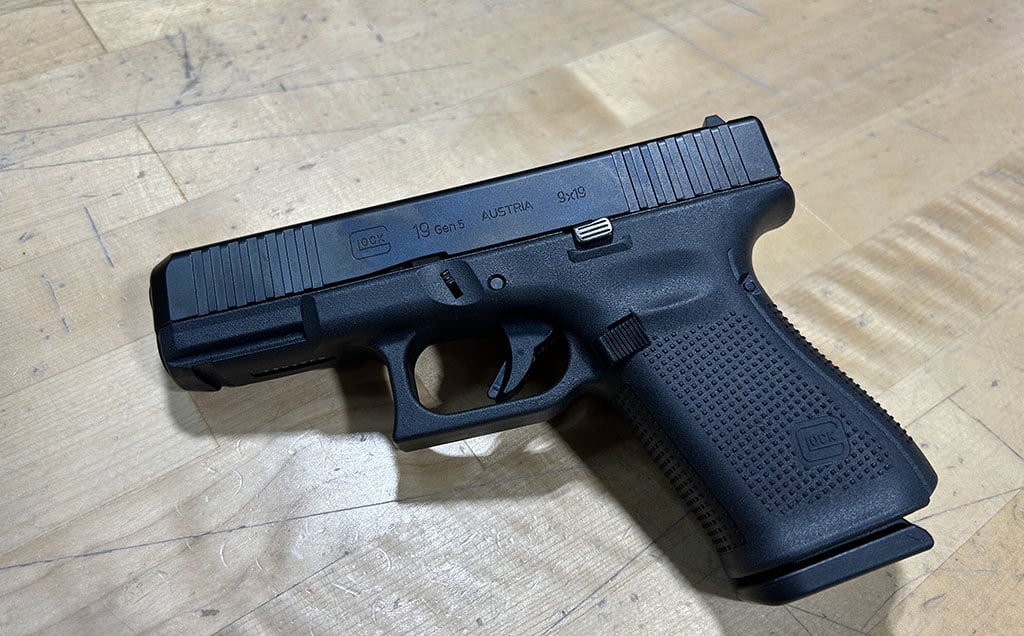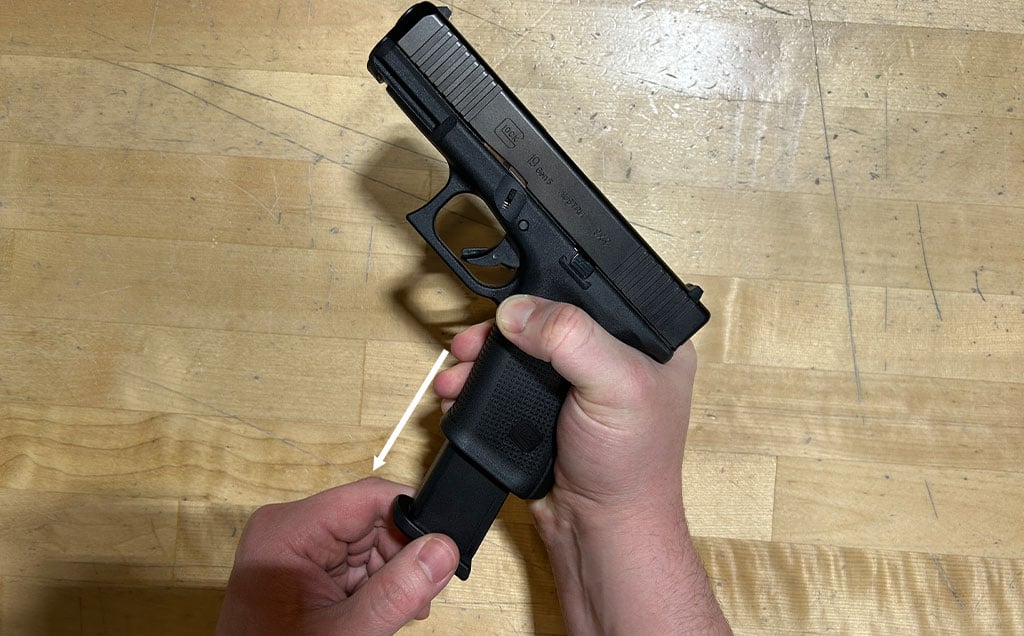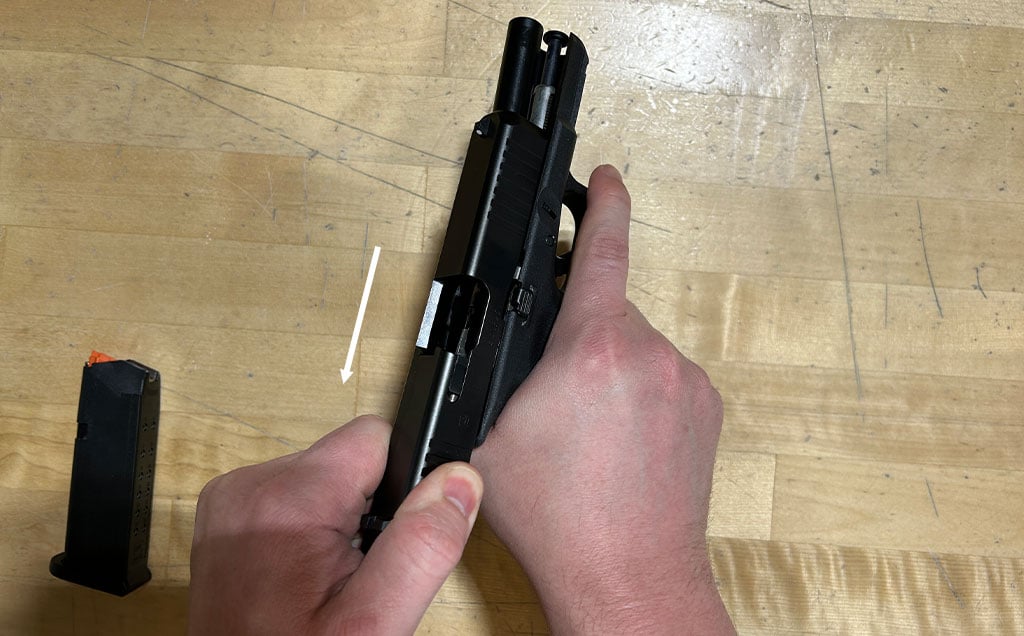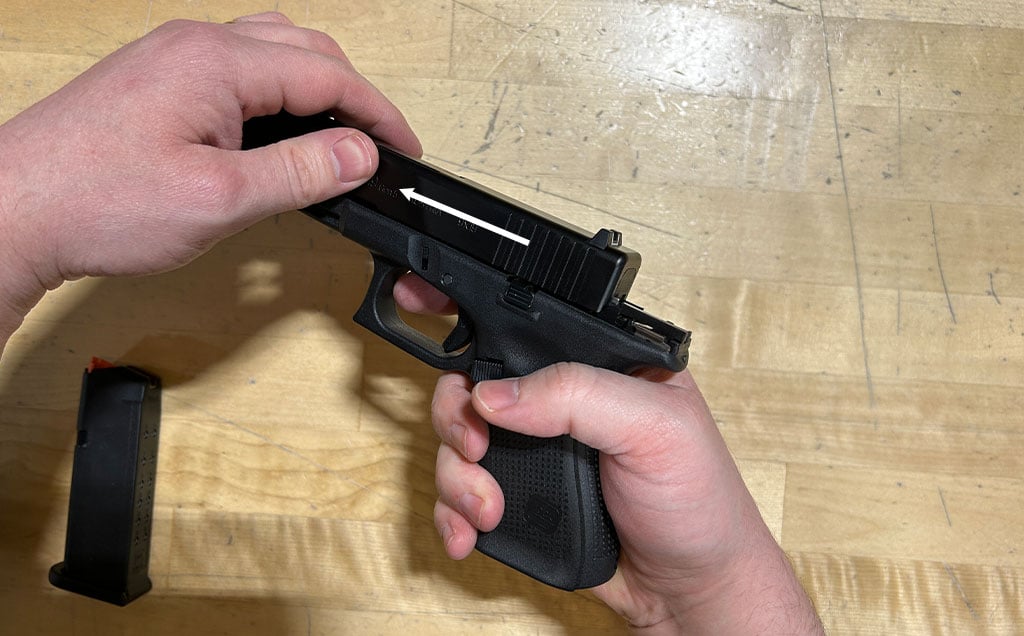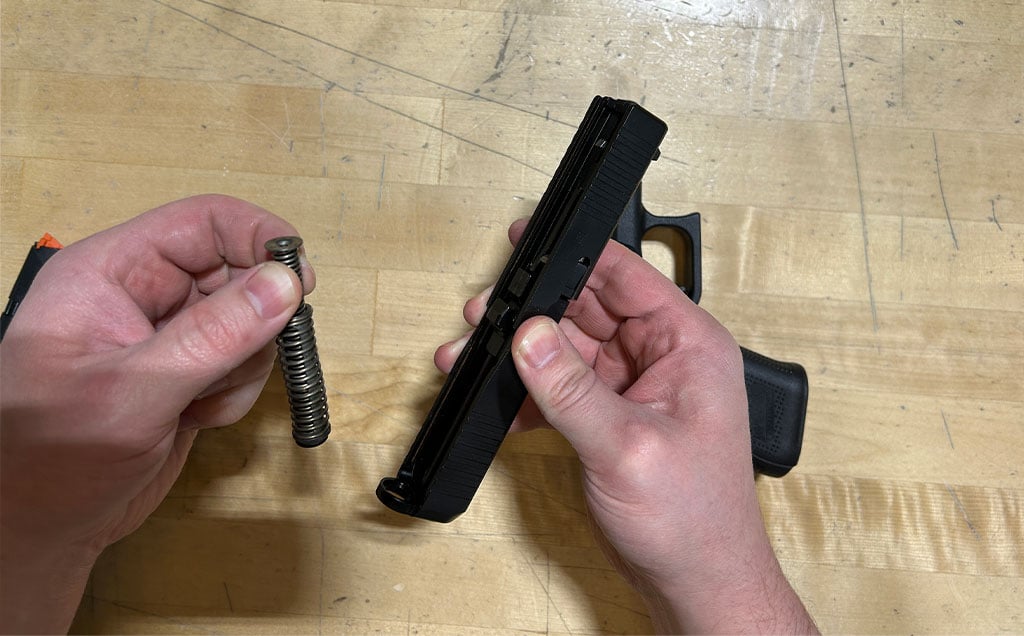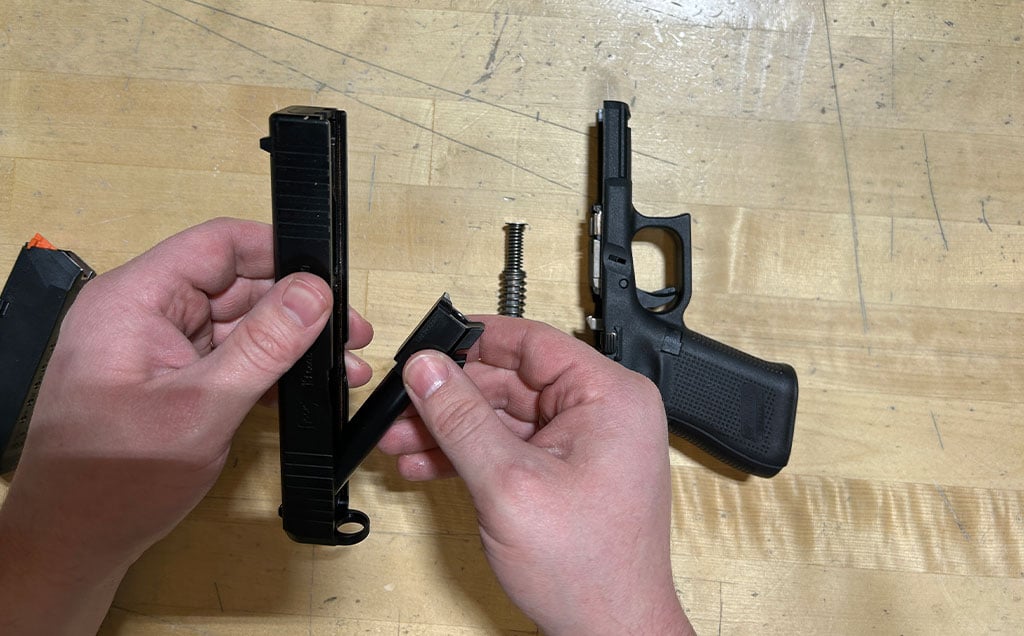Value-Packed 2011 Pistols: Comparing Affordable Alternatives to Staccato
The 2011 pistol platform has become synonymous with precision, reliability, and high capacity, traits that are exemplified by the Staccato line of 2011 pistols. Known for their outstanding performance and craftsmanship, Staccato 2011 pistols have carved out a prestigious reputation among shooting enthusiasts and professionals. However, their premium status also comes with a higher price tag, making them less accessible for every budget. This is where other brands like Tisas and Springfield Armory offer competitive, more affordable alternatives without compromising significantly on quality and performance.
The Prestige of Staccato 2011 Pistols
Staccato 2011 pistols are celebrated for their superior build quality and shooting precision. They are a top choice among competitive shooters and law enforcement officers who require the utmost reliability and accuracy from their firearms. The ergonomic design, advanced recoil mitigation, and crisp triggers make Staccato pistols highly sought after in the firearms community. However, these premium features come at a premium price, which can be a barrier for casual shooters or those new to the 2011 platform.
Affordable Alternatives: Tisas and Springfield Armory
For those looking for more budget-friendly options, Tisas and Springfield Armory offer compelling alternatives that still adhere to high standards of quality and performance.

The Tisas 1911 Carry and Duty Double Stack 9mm models provide robust alternatives for both personal defense and tactical use. While they may not have the same brand recognition as Staccato, Tisas pistols are well-regarded for their durability and reliability. They are significantly more affordable, making them an excellent choice for those who need a functional and effective 2011-style pistol without the high cost.
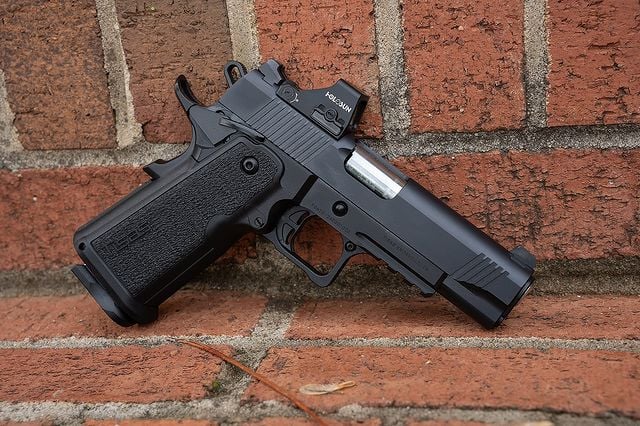
These pistols are particularly noteworthy for blending traditional 1911 aesthetics with the modern necessity of increased ammunition capacity. The Tisas double stack models, such as the 1911 Carry and 1911 Duty, are engineered to provide robust performance in a range of settings, from personal defense to more demanding tactical situations. Each model features enhanced ergonomics with a wider grip to accommodate the double-stack magazine while maintaining a comfortable grip. Additionally, the Tisas 1911 pistols are equipped with durable components and precise craftsmanship that ensure reliable operation and consistent accuracy, all at a price point that makes 1911-style pistols more accessible to a broader audience.
Springfield Armory 1911 DS Prodigy Handguns
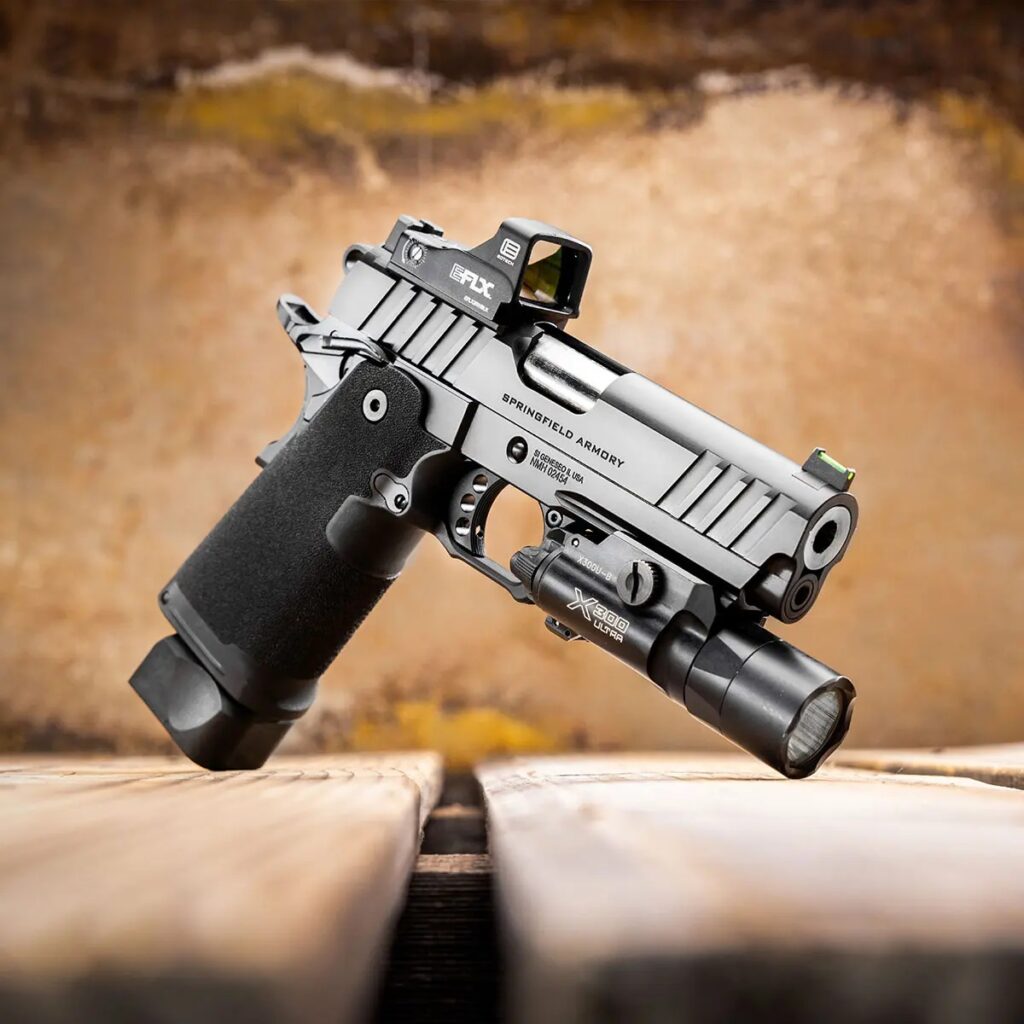
Springfield Armory is another reputable brand that offers 2011 pistols at a more accessible price point. The Prodigy series stands out for its adaptability and high capacity, appealing to both competitive shooters and firearm enthusiasts. These pistols include many of the modern enhancements found in higher-priced models, such as modular grips and optic-ready slides, providing great value.
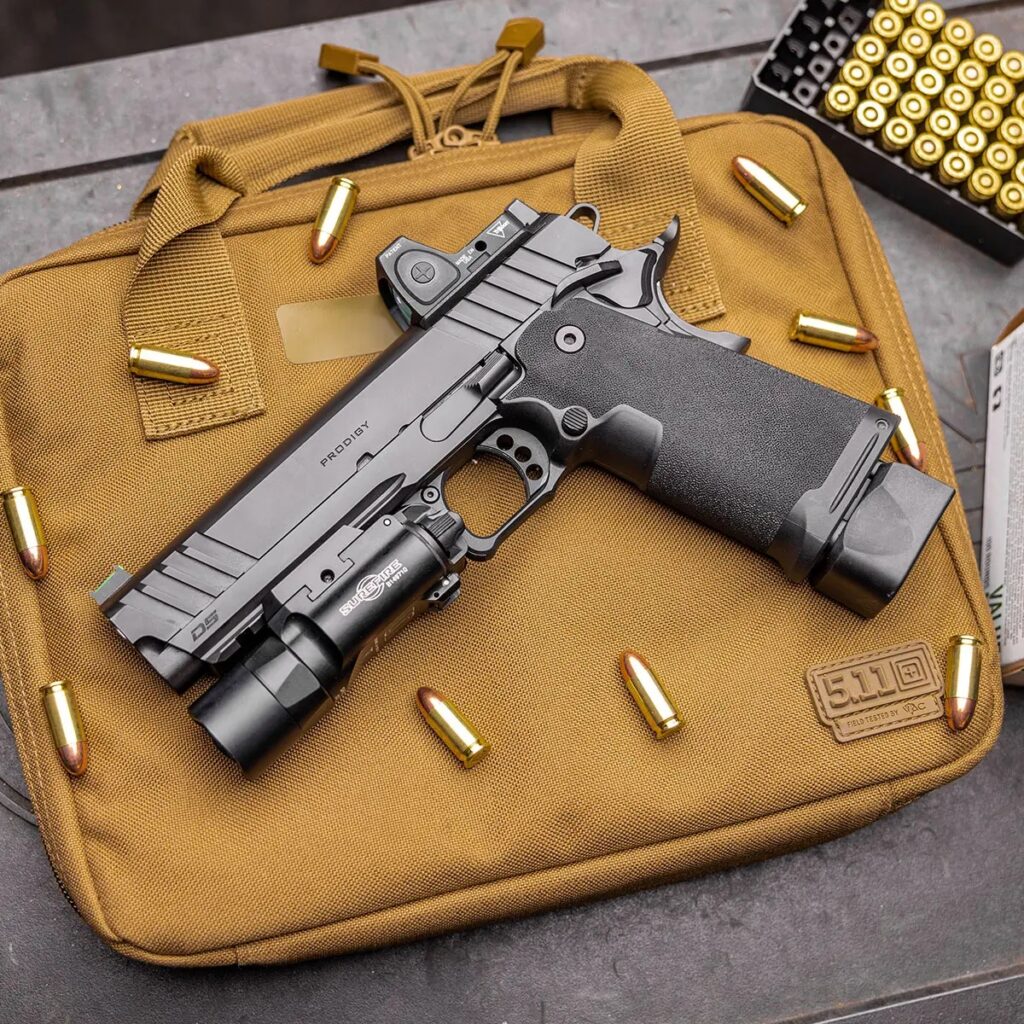
The use of forged steel in critical components ensures that these pistols can withstand the rigors of heavy use, while precision machining contributes to the excellent fit and finish Springfield is known for. The inclusion of a modular grip system and adjustable trigger allows shooters to customize the feel and response of their pistol to their liking, making the Prodigy not just a tool, but a tailor-fit partner in shooting sports or defensive scenarios. These attributes make the Springfield Prodigy a compelling choice for anyone looking to leverage the advantages of a modern 2011 pistol at a more approachable price point.

2011 vs. 1911 Double Stack
The terms “double stack 1911” and “2011” often come up in discussions about high-capacity pistols, but they refer to distinct concepts within the same evolutionary branch of firearm design. A double stack 1911 retains the classic aesthetics and fundamental mechanics of the original 1911 but modifies the grip to accommodate a double-stack magazine, which increases the ammunition capacity significantly. The 2011 is a more modern reinterpretation that builds upon the double stack design but introduces a modular frame that combines a metal lower (the frame that houses the firing mechanism) with a polymer grip. This modular approach not only allows for further customization and weight reduction but also addresses some ergonomic concerns, making the firearm more adaptable and comfortable for a wider range of users. Both designs aim to provide enhanced capacity and functionality but do so through slightly different engineering paths.
Conclusion
While Staccato remains a gold standard in the realm of 2011 pistols, the high cost can be prohibitive. Brands like Tisas and Springfield Armory present viable Double Stack 1911 alternatives that allow more shooters to experience the benefits of a high-capacity, reliable pistol without breaking the bank. Whether you are a seasoned competitor or a recreational shooter, there are options available at GrabAGun that meet a wide range of needs and budgets.

